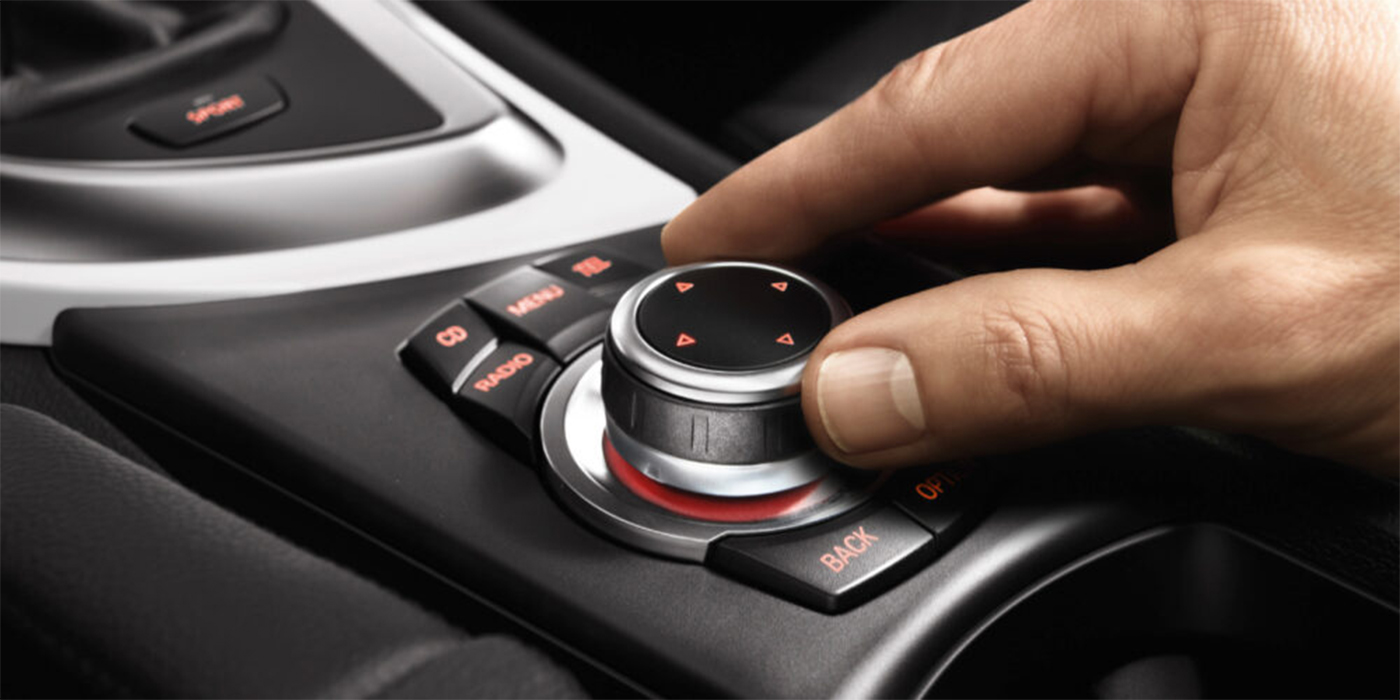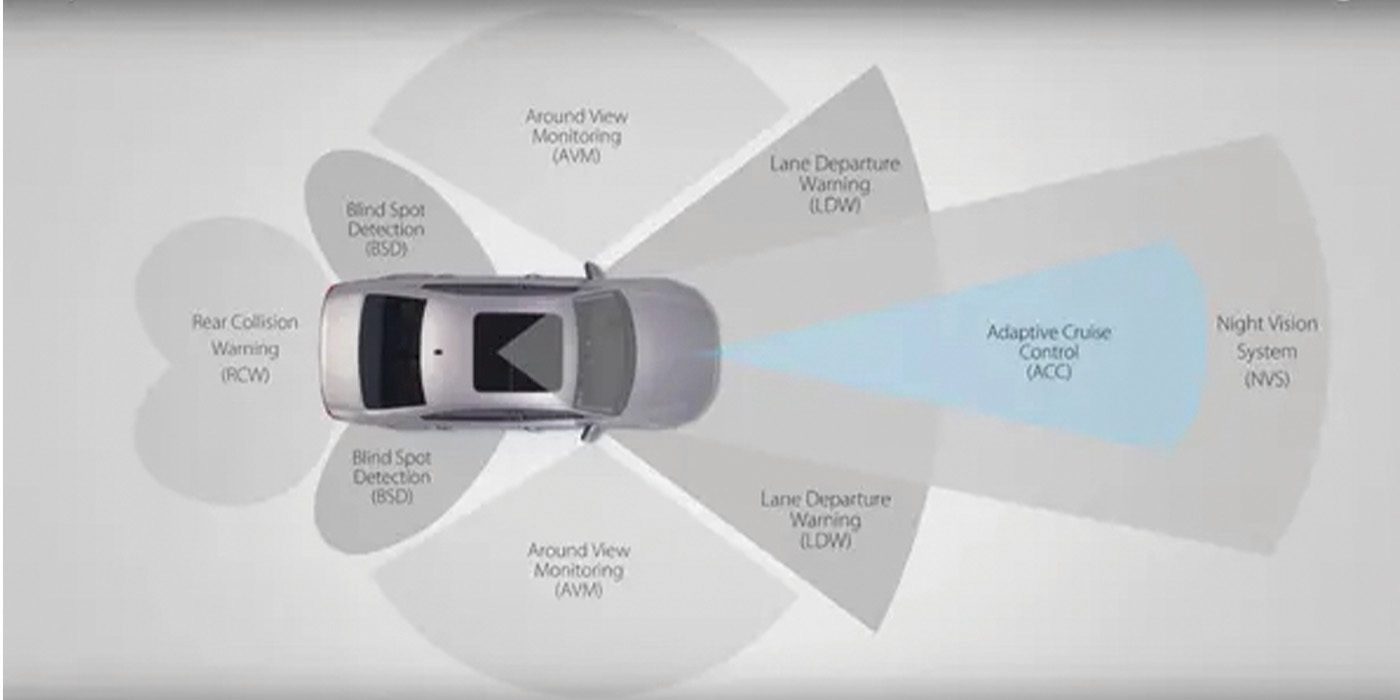by Jody DeVere, CEO, AskPatty.com
Though front-line employees bear the brunt of customers’ requests, when it comes down to it, we’re all in the customer service business.
Let’s take a moment to break down some of the most pervasive myths of customer service, get into our customers’ heads for a moment, and really figure out the best way to serve them and turn a problem customer into a customer for life.
1. The Customer is Always Right. This seems like the best possible place to start. Everyone knows the customer isn’t always right, but if you’re smart, you’ll never remind an irate customer of this fact.
The customer isn’t always right, but he or she is always the customer. An argument about who is right and who is wrong isn’t going to solve anyone’s problems. Calmly discuss the issue with the customer, and eventually your customer will calm down too. Even if you know your customer is in the wrong, take the time to fully investigate their claims, and let them see you do it. The customer may end up being wrong, but if they feel their claims have at least been taken seriously, that goes a long way.
2. Price is Most Important to a Customer. I see this myth all the time in the auto industry. It’s very tempting to assume that price is the most important metric to a customer, but that simply isn’t the case. While many customers do have a budget to consider, and price certainly plays a part, the overwhelming majority of customers, particularly when it comes to vehicle repair, are perfectly willing to pay more for quality products from honest, reputable businesses. When things get tight, don’t cut prices; add service.

3. Being Friendly and Polite is Everything. You’ve kept your cool, you’ve met every rebuttal and complaint with a smile and a nod, and your customer still isn’t happy. If you find yourself in this situation, it’s sometimes easy to feel like you’re at the end of your rope.
In the end, customers want results. You can be as nice as you’d like, but smiles won’t diffuse a customer who doesn’t find value in what they paid for. And, if there is a situation when your tech or service writer can’t remedy a situation, they need to make sure the customer understands they’ve done all they can. They should also make an introduction to a manager or the owner, and keep smiling — all the while listening to what the customer wants — and do their best to deliver.
4. Front-Line Employees are Responsible for Customer Service. We’re all in the customer service business, not just the employees at the front counter. Good customer service is a cultural thing, and your business’ culture starts at the top!
Don’t just hire, train and forget it. It’s up to you to set an example. Make sure customer service stays on your radar by not only taking complaints and negative customers seriously — but by also making a big deal out of every piece of positive feedback you get. Make sure your staff knows how important great customer service is to you, and strive to maintain the same high standard to which you hold them.
5. Happy Customers Tell Two People, Unhappy Customers Tell Six. I’m guilty of using this old cliché myself, but it’s simply not true. At review sites like Yelp, we find that the overwhelming majority of reviews are positive ones! Not only that, but when customers shop for reviews, they aren’t looking for the negative ones. They want to know who does great work, not who to avoid. Even one glowing, positive review can have a big impact — and bring in new customers.
Jody DeVere is the CEO of AskPatty.com. Visit www.askpatty.com/getcertified to learn more about how to become a Certified Female Friendly Shop.













